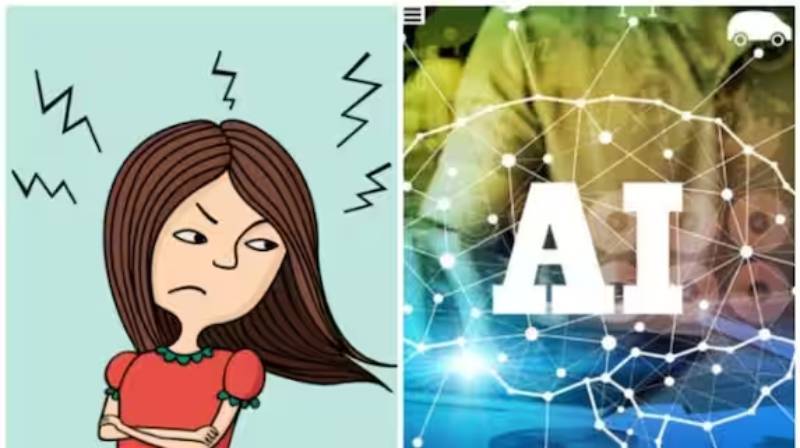As artificial intelligence (AI) develops, it has the ability to automate a wide range of operations that were previously done by people, which is causing a seismic change in the world’s employment. People worry that AI will eventually replace people in offices, eliminating jobs. However, despite all the worry about AI replacing human workers in the workplace, a recent study reveals a worrying trend: AI will replace more female workers than male workers.
The McKinsey Global Institute has published a research titled “Generative AI and the Future of Work in America” that details the substantial impact that AI would have on the US labor market by 2030. By 2030, the report estimates that 12 million employment in the US alone would have changed due to automation led by AI replacing jobs that require data collecting and repetitive labor.
Given that AI is anticipated to automate more roles in sectors traditionally dominated by women, one significant issue raised in the paper is that these job transitions will disproportionately affect women compared to males. According to the McKinsey analysis, women are 1.5 times more likely than males to need to change careers as a result of AI automation.
The fact that women outnumber males in certain industries is not the only factor contributing to the inequality. Despite the fact that there are more men than women working, the survey shows that 21% more women are exposed to AI automation. This is as a result of the higher proportion of female employees in the areas most susceptible to disruption by AI, such as office assistance, customer service, and the food industry.
For instance, the study discovered that women make up 60% of office support staff and 80% of customer service agents in the United States. And in the upcoming years, AI is very likely to automate these two professions.
“We predict that there might be a 1.6 million job loss in the need for clerks, in addition to losses of 830,000 jobs for retail salespeople, 710,000 jobs for administrative assistants, and 630,000 jobs for cashiers. These jobs entail a significant amount of repetitive work, data collection, and basic data processing—all tasks that automated systems can complete effectively.
The effects of this tendency are extensive. According to the survey, employees in lower-paying positions—which are frequently held by women—are up to 14 times more likely to need to change careers than those in the highest-paying roles. Additionally, the majority will need extra abilities to transfer into new roles successfully. Given that women are already paid around 22% less than males, according to the Economic Policy Institute, this is especially alarming.
According to a different estimate from the Kenan Institute of Private Enterprise, almost 58.87 million women in the US labor force, or about eight out of ten, work in professions that are heavily dependent on generative AI automation. The equivalent percentage for males is six out of ten, or around 48.62 million, in comparison.
“Overall, even though males outnumber women in the workforce, 21% more women are exposed to AI automation than men. According to the research, this is because more women than males work in the affected occupations.
The research urges a substantial change in hiring procedures. Employers are recommended to hire from underrepresented groups including rural workers and those with disabilities, promote skills and competencies over credentials, and offer training that keeps up with changing demands. To protect female workers from the possibly negative consequences of AI automation, these safeguards are essential.
Employers will need to recruit from underrepresented groups (such as rural employees and those with disabilities), hire for skills and competencies rather than credentials, and provide training that keeps up with their changing demands, according to the study’s author.
It’s not all bad news, either. While AI may threaten some professions, it also offers opportunity for new and developing industries to create new jobs. According to the McKinsey report, for instance, the shift to AI would increase job prospects for positions requiring complex problem-solving, critical thinking, creativity, and advanced technical abilities.
Therefore, all employees—male and female—should be sure to upskill themselves and take advantage of possibilities related to AI and new trends in order to successfully navigate the AI transition.
Topics #2030 #America #Artificial intelligence #Job Loss #jobs #men #US #USA #women











